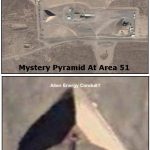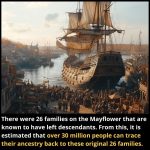The Great City of Babylon – The Cradle of Civilization 🏛️🌍

The Great City of Babylon – The Cradle of Civilization 🏛️🌍

Once standing proudly along the Euphrates River in Mesopotamia, Babylon was not just a city — it was the beating heart of the ancient world. 🌅 For nearly 400 years, Babylon was the largest and most powerful city on Earth, a marvel of architecture, science, and human ambition. With an estimated population of over 200,000 people, it was perhaps the first metropolis to ever reach such size, setting the foundation for what we now call civilization. 🏗️✨
Babylon thrived under the rule of legendary kings like Hammurabi, who created one of history’s first written law codes, and Nebuchadnezzar II, who turned the city into a jewel of the ancient world. 🌟 Towering ziggurats pierced the sky, magnificent temples honored the gods, and the city’s walls — wide enough for chariots to race upon — symbolized both power and protection. ⚔️🏰
It was said that within Babylon stood the Hanging Gardens, one of the Seven Wonders of the Ancient World, built to soothe the homesickness of a queen and admired by travelers from lands far away. 🌿💧 Scholars, astronomers, and mathematicians gathered here, turning Babylon into a beacon of knowledge that shaped human history. 📜🔭
Though time has turned its glory to dust, Babylon’s legacy lives on — in our laws, our cities, and our dreams of greatness. 🌍 The ruins that remain remind us that even the mightiest empires rise from the same earth — and eventually, return to it. 🌄
#AncientBabylon #CradleOfCivilization #HistoryOfHumanity #SevenWonders #LegacyOfKings 🏛️🌍✨











